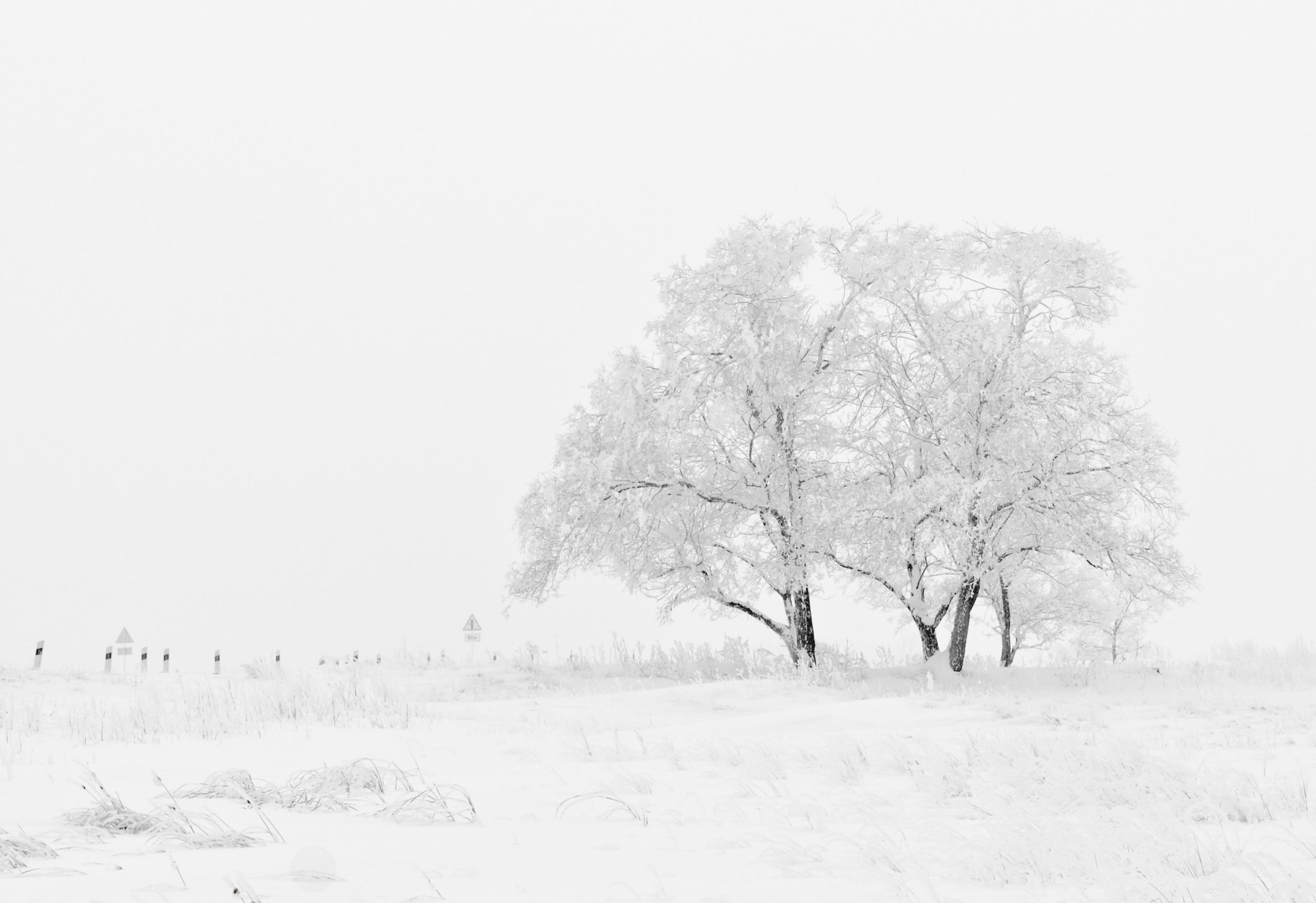
Snow is a worldwide phenomenon. Different cultures experience the same excitement and struggles from snow and its effect. It’s present in the icy tundras of Antarctica to the majestic mountaintops of the Himalayas. It’s more than a word. It’s a lifestyle that comes with its own set of rules and fun.
- Related: The Ultimate Guide to Skier Slang
One could argue that snowsports also come with their own language. Today, skiing and snowboarding have achieved such widespread recognition that people from all corners of the world can understand each other, regardless of language. Sometimes all it takes is a few hand motions and gestures to get across a meaningful message.
In the modern world, words may fail to capture the exhilaration of the word snow and the joy it brings, but the shared experience unites individuals from around the world. Let’s explore the word “snow” in different languages as well as its etymology and roots.
Etymology
According to the Online Etymology Dictionary, the English word “snow” can be traced back to Old English as “snaw.” This word is believed to have Proto-Germanic roots from the word “snaiwaz,” which eventually evolved to the Middle English word “snowe” into its current form as “snow.”
The Proto-Germanic root “snaiwaz” is related to the Old Norse word “snoer,” the Old High German word “sneo,” and the Gothic word “snaiws.” The Germanic languages share a common ancestry and demonstrate the interconnectedness of linguistic development.
The ultimate origin of the word “snow” can be traced even further back to the Proto-Indo-European root “snoygwh,” which means “to snow.” The Latin word “nix” and the Greek word “nípha” are also associated with this root.
It’s interesting to see the development of the word in various cultures because snow has been ever present in these areas of the world. It reflects the historical influences and cultural exchanges between these ancient languages and peoples.

Latin roots
Classical Latin has a significant influence on modern-day Romance languages. The Latin word for snow, “nix,” originated from the Proto-Indo-European root of “snoygwh,” and the transition from Latin to modern Romance languages–Italian, Spanish, French, Portuguese, and Romanian–have stuck close to their Latin roots. Although, it did evolve differently based on geographical locations and phonology.
Spanish–Nieve
Italian–Neve
French–Niege
Portugeuse–Neve
Romanian–Zăpadă
These languages demonstrate how the word for snow has evolved into distinct terms within the Romance languages. The influence of the Latin roots remains evident, but you can see that Romanian is quite different because of the Slavic influences where Romania is further east than other Romantic cultures.

Asian languages
Asia is an incredibly diverse continent with numerous cultures, languages, and customs. The geographic boundaries are still debated today, and different sources may vary in their definitions of where exactly Asia begins and ends, specifically in Eastern Europe. For example, Georgia and Kazakhstan are technically transcontinental countries, with parts of their territories being in Asia and Europe.
Mandarin Chinese–雪, Xuĕ, pronounced “shwuh-eh.”
Japanese–雪, Yuki, pronounced “yoo-ki.”
Korean–눈, Nun, pronounced “noon.”
Hindi–बर्फ, Barph, pronounced “buh-rf.”
Vietnamese–Tuyết, pronounced “twehht.”
The wide diversity of the continent has played a strong role in their languages and how they are perceived in modern-day life. While the words may differ, each culture assigns unique significance to how they describe and recognize “snow.”
The word “snow” in different languages weaves a captivating thread that reflects the distinctiveness of certain cultures, their customs, and how snow infiltrates their daily lives. Across continents and cultures, the word “snow” serves as a universal reminder of the phenomenon that unites us through a shared understanding of living in snow, how it shapes cultures and identities, and the excitement it brings.
If you can’t imagine your life without a snow-covered landscape and have a passion for keeping pathways clear, explore the exciting opportunities in snow removal vacancies.“